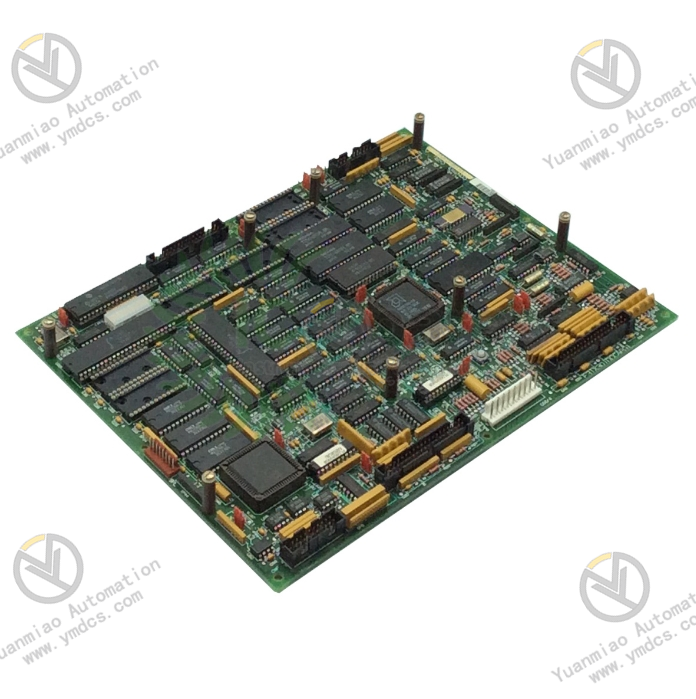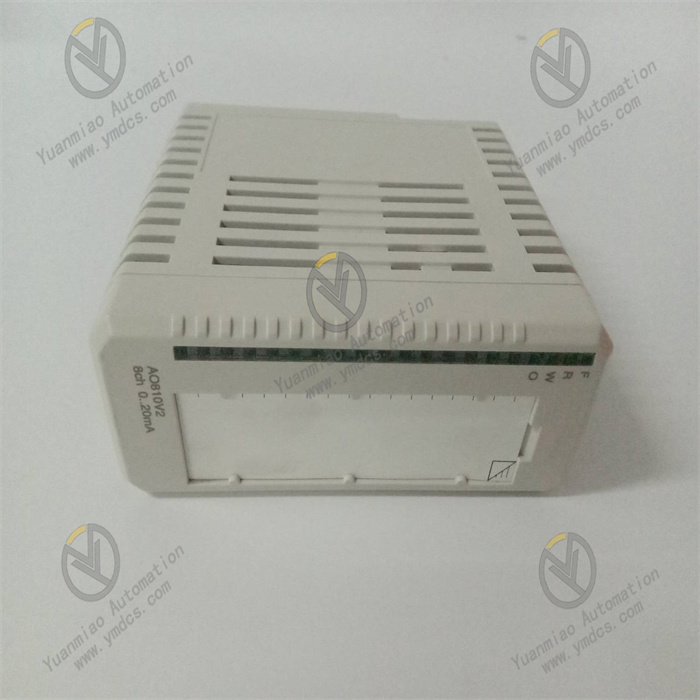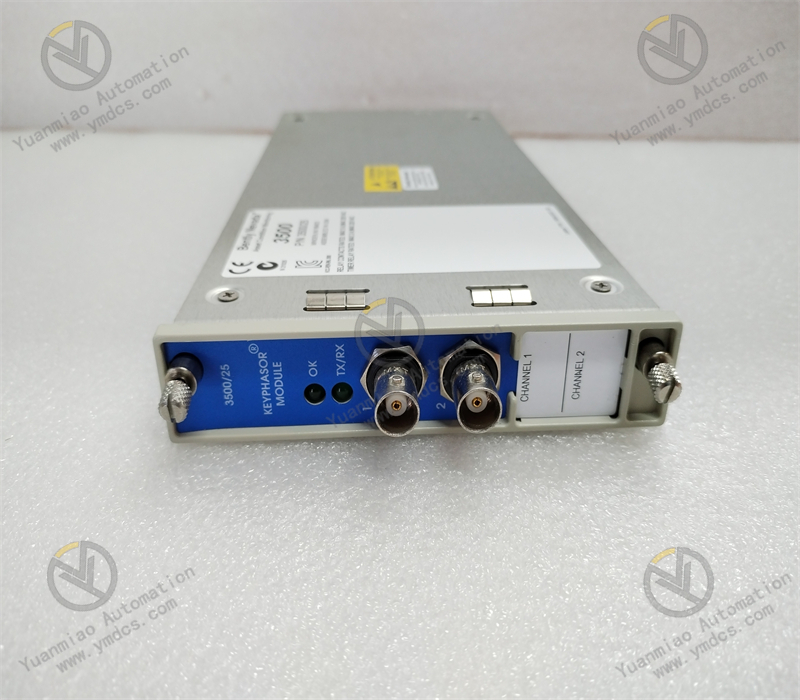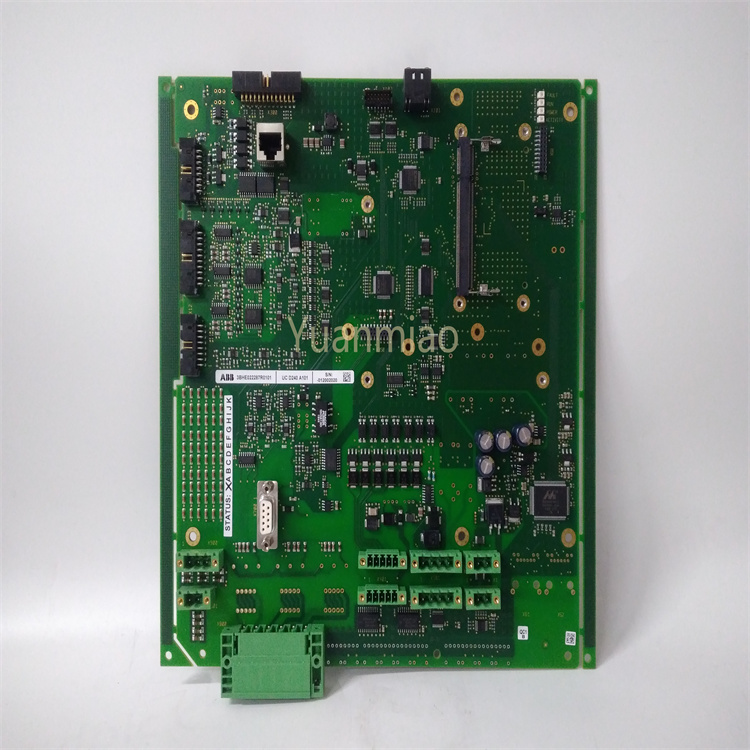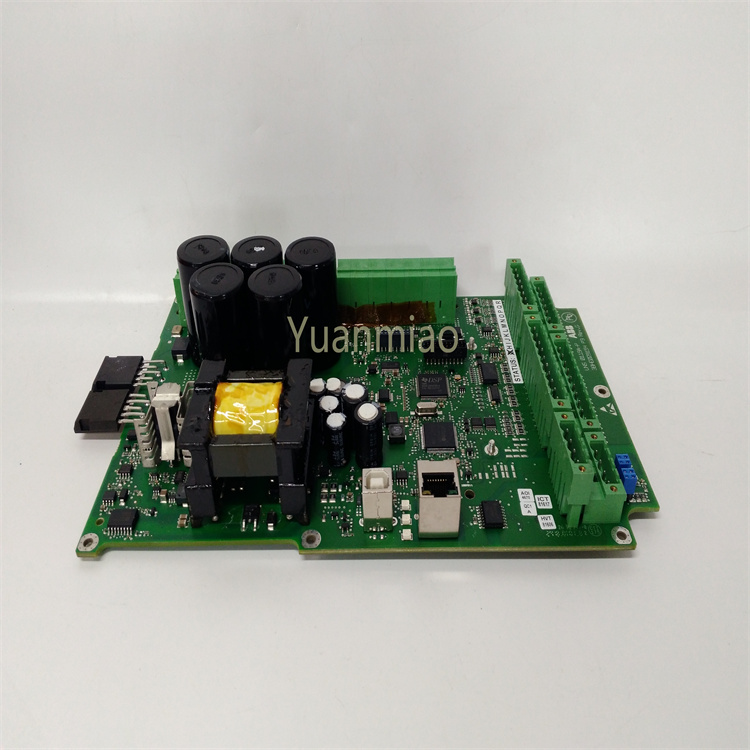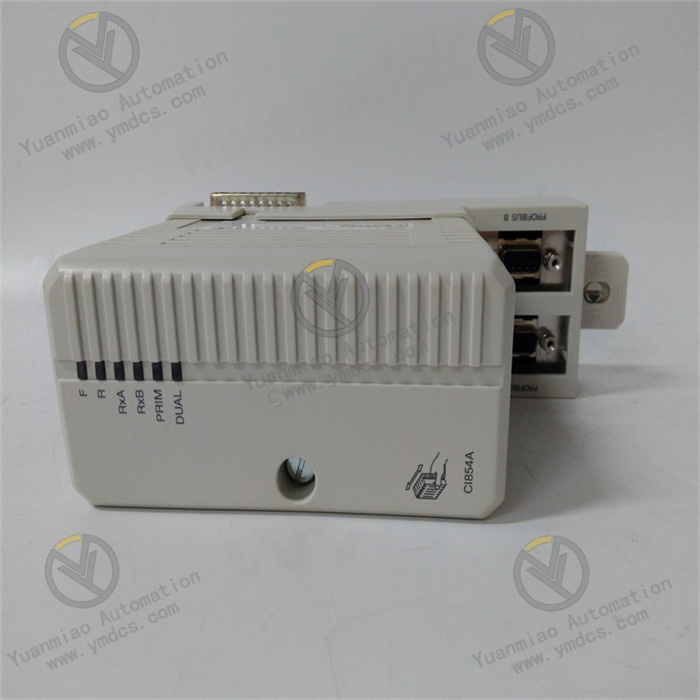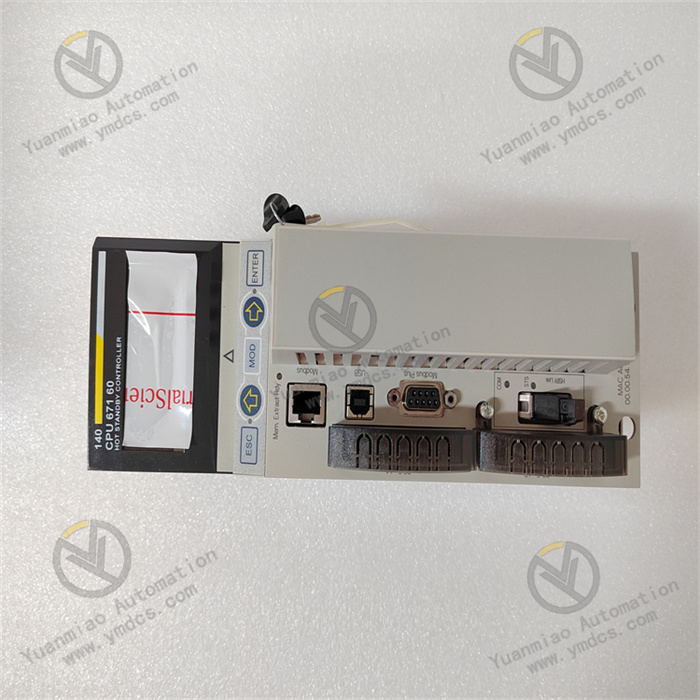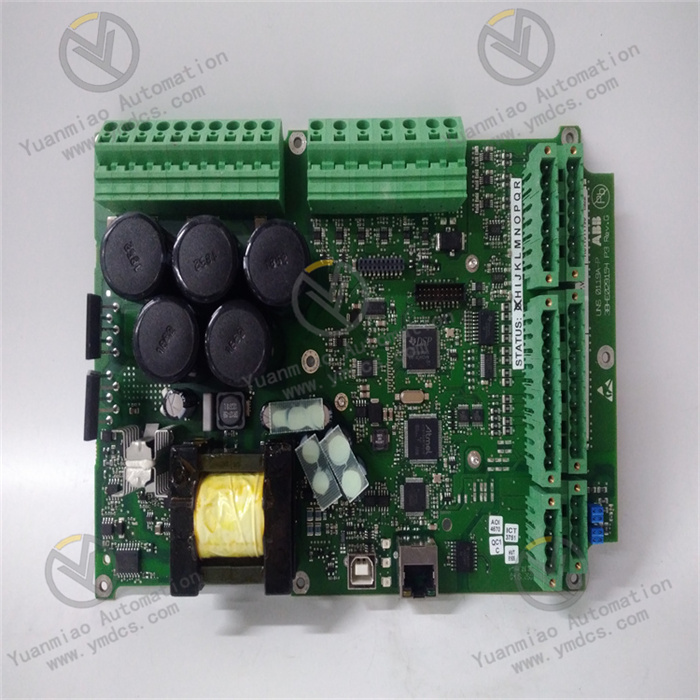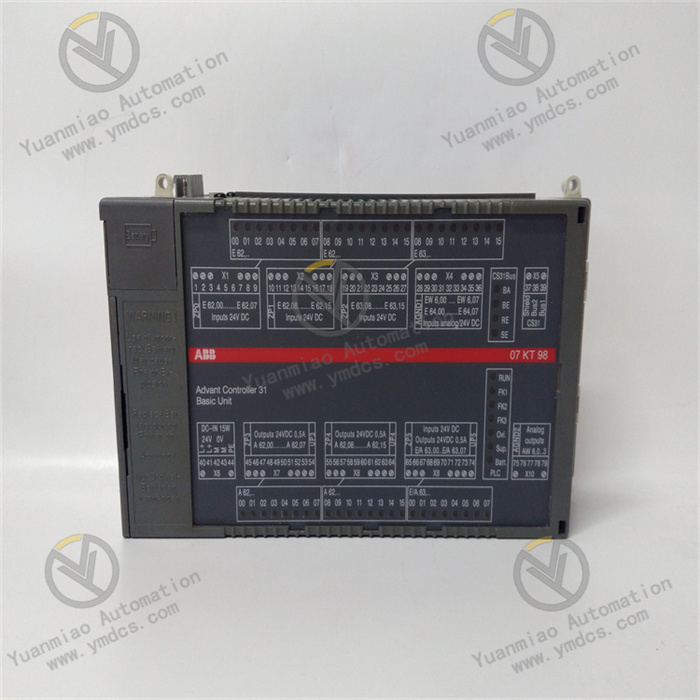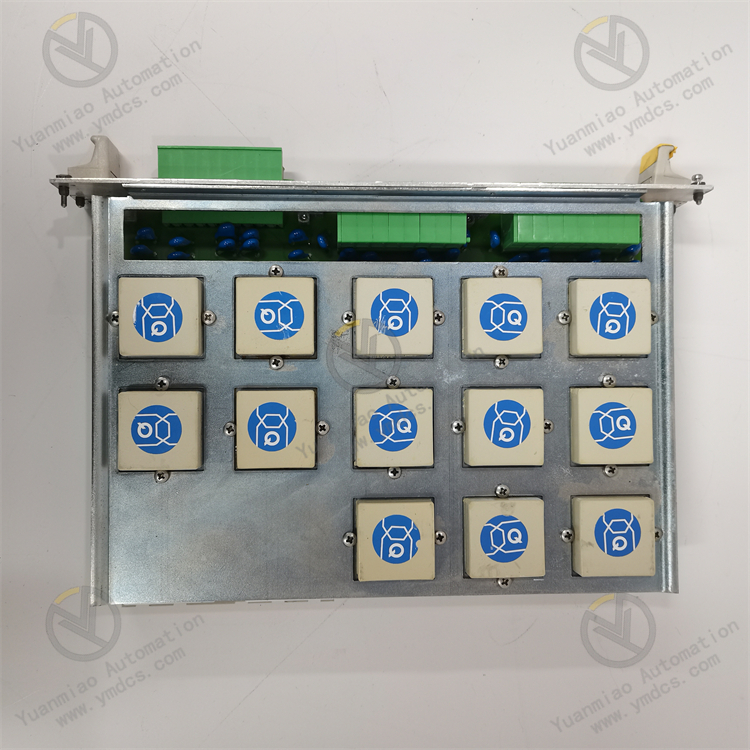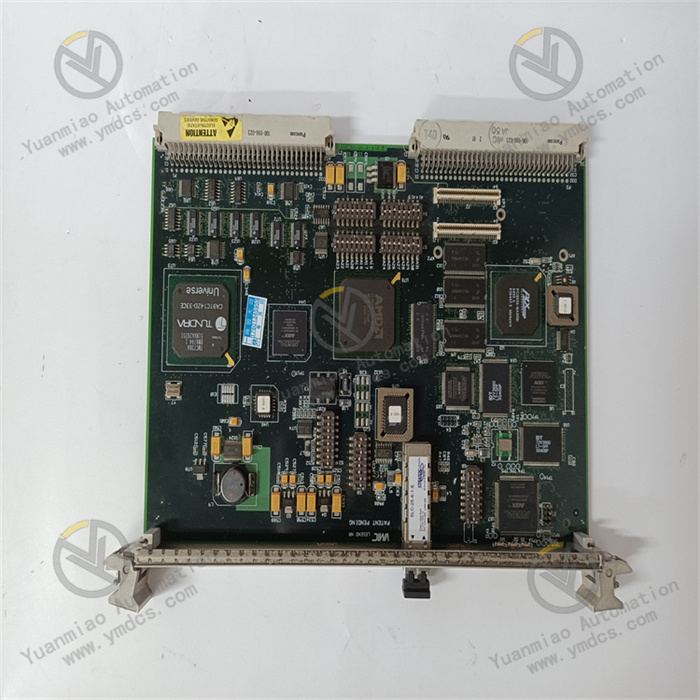Description
GE 531X301DCCAFG2
The GE 531X301DCCAFG2 is a high-performance industrial-grade controller module, serving as a core control component of the Mark VIe series Distributed Control System (DCS). It is positioned as the "Closed-Loop Control and Logical Interlock Hub for Large-Scale Industrial Equipment". Its core function is to realize real-time control and safety monitoring of large rotating machinery (such as gas turbines, steam turbines, generators) and complex process flows through high-precision signal processing, multi-variable coordinated calculation, and highly reliable command output. It meets the requirements of high-stringency control scenarios in fields like electric power, petrochemicals, and metallurgy. With its excellent computing capability, comprehensive redundancy design, and strong environmental adaptability, this module provides key technical support for the stable operation, efficient power generation, and safety protection of large-scale industrial equipment. It is the core unit of the GE Mark VIe control system for achieving unit coordinated control, fault diagnosis, and load regulation.
Its application scenarios are highly aligned with the control needs of large-scale industrial equipment:
- In the electric power generation field, as the main controller module of gas turbine generator units, it collects real-time key parameters of gas turbines (such as rotational speed, exhaust temperature, combustion chamber pressure, and fuel flow). Through GE's proprietary control algorithms (e.g., TMR fault-tolerant control algorithm), it precisely adjusts fuel supply, ignition timing, and compressor guide vane angle to realize unit start-up, speed-up, grid connection, and load regulation. Meanwhile, it monitors key safety parameters of the unit (such as vibration and shaft displacement), and immediately triggers load reduction or shutdown protection when abnormalities occur.
- In the petrochemical field, it is suitable for controlling the reaction-regeneration system of large-scale catalytic cracking units. It synchronously processes multi-source signals (such as reaction temperature, pressure, and catalyst circulation rate), and adjusts feed rate and regenerator temperature through multi-variable predictive control algorithms to ensure reaction efficiency and product quality. It also realizes interlock linkage with the unit's Emergency Shutdown System (ESD).
- In the metallurgical field, it is used for controlling large blast furnace blowers. It collects real-time parameters of blowers (such as outlet pressure, flow rate, and motor current), and controls blower rotational speed through PID regulation algorithms to ensure stable air supply to the blast furnace. It also has anti-surge control logic to avoid equipment damage.
As a core module of the Mark VIe system, it supports multi-module redundant networking. It can seamlessly connect with I/O modules, Human-Machine Interfaces (HMIs), historical data servers, and remote diagnostic terminals within the system via industrial Ethernet, building a fully distributed and high-fault-tolerant control architecture to meet the stringent requirements for continuous operation of large-scale industrial units.
In terms of hardware architecture and system compatibility, the 531X301DCCAFG2 adopts a Triple Modular Redundancy (TMR) hardware architecture design. Its core includes 3 independent 32-bit high-performance microprocessor units, multi-channel high-precision analog/digital signal processing modules, high-speed redundant communication modules, and dual power management modules. The three processor units perform synchronous calculations and real-time comparison of calculation results to ensure the accuracy and reliability of control commands. When a single processor unit fails, the system switches to normal units for operation without disturbance, ensuring control continuity. The module is compatible with the full range of I/O sub-modules of the GE Mark VIe system, supporting flexible expansion of AI, AO, DI, DO, and special signal (e.g., vibration, rotational speed) acquisition modules, which can meet the acquisition and control needs of 64–128 channels of different types of signals. In terms of communication, it has built-in dual redundant Ethernet/IP communication interfaces, PROFIBUS-DP interfaces, and GE's proprietary GDS communication interfaces. It supports mainstream industrial communication protocols such as Modbus TCP, Ethernet/IP, and GE SRTP, and can be seamlessly integrated into Unit Monitoring Information Systems (MIS), Plant-wide Monitoring Information Systems (SIS), and third-party equipment management platforms to realize control data upload, remote monitoring, and diagnostic data interaction. Relying on industrial-grade reinforced design, the module uses wide-temperature-tolerant components (-40℃~70℃), an enhanced electromagnetic shielding enclosure (complying with IEC 61000-4-2/3/4/6 standards), and an anti-vibration plug-in structure. It can operate stably in industrial sites with high temperature, high humidity, strong electromagnetic interference, and high vibration, meeting the extreme reliability requirements of large-scale units for controllers.
The 531X301DCCAFG2 adopts a core Triple Modular Redundancy (TMR) hardware architecture, integrating three independent high-performance microprocessor units. The three units synchronously receive input signals, execute the same control logic, and output calculation results. Through a built-in redundant voting mechanism, they perform real-time comparison of the calculation results of the three units. When any one unit fails, the system automatically uses the consistent result of the other two units as the output to achieve "fault-tolerant" operation without any control disturbance. When two units fail, the system triggers an emergency alarm and switches to a standby module (if configured) to ensure no interruption of key control loops of large-scale units. Each processor unit is equipped with independent memory, power supply, and communication channels to avoid overall module failure caused by a single fault point. Meanwhile, the module supports real-time redundant backup of control programs and configuration parameters. When the main storage area fails, it automatically calls the data in the standby storage area to ensure the continuity of control logic, fully meeting the stringent "zero downtime" requirements for control systems in fields such as electric power and petrochemicals.
The module is equipped with three 32-bit RISC microprocessors with a clock speed of 800MHz. Each processor has a memory configuration of 512MB RAM and 256MB Flash. The parallel operation of the three units enables microsecond-level data processing and logic calculation. A single module can support the parallel processing of up to 128 analog control loops or 256 digital control loops, adapting to complex control scenarios with multi-parameter coupling (such as gas turbines and large blowers). It has a built-in library of GE's proprietary control algorithms. In addition to conventional PID and its variant algorithms, it also integrates dedicated algorithms such as unit coordinated control, anti-surge control, and load distribution. For example, in gas turbine control, the unit coordinated control algorithm synchronously adjusts fuel supply, compressor guide vanes, and the ignition system to realize fully automated control of the unit from start-up to full-load operation, with a rotational speed control accuracy of ±0.1rpm. In blast furnace blower control, the anti-surge algorithm calculates the surge boundary in real time and adjusts the return valve in advance when approaching the surge region to avoid equipment damage due to surge. It supports user-defined algorithm programming, allowing the writing of special process control logic in C language or Structured Text (ST) to further expand the module's adaptability.
The module is equipped with dual redundant Ethernet/IP communication interfaces, PROFIBUS-DP interfaces, and GE's proprietary GDS communication interfaces. The communication links adopt a "main-standby" redundant design. During normal operation, the main link transmits data while the standby link synchronizes in real time. When the main link fails (such as interruption or packet loss), it automatically switches to the standby link with a switching time of ≤10ms, ensuring the continuity of control data transmission. It supports a variety of mainstream industrial communication protocols and can seamlessly connect with I/O modules, HMIs, and historical data servers within the GE Mark VIe system. It is also compatible with third-party PLCs (such as Siemens S7 series and Rockwell ControlLogix series) and equipment management platforms, eliminating the need for additional protocol conversion modules and reducing system integration costs. For example, it can connect to the Plant-wide Monitoring Information System (SIS) via the Ethernet/IP interface to upload real-time unit operating parameters, fault information, and control command execution status. It can also connect to on-site frequency converters and intelligent sensors via the PROFIBUS-DP interface to realize centralized monitoring of equipment operating status. It has a built-in communication fault diagnosis and location function, which can real-time monitor the connection status, data transmission rate, and packet loss rate of each communication link. When a fault occurs, it generates a detailed fault report (including fault link, fault time, and fault type) and sends a prompt via the HMI or remote diagnostic platform, facilitating quick troubleshooting by operation and maintenance personnel.
The module has a built-in high-precision fault diagnosis unit, adopting a triple diagnosis mechanism of "hardware self-test + software patrol inspection + redundant voting". It can real-time monitor the operating status of processors, memory, power supplies, communication interfaces, I/O links, and extended modules, with a fault diagnosis coverage rate of 99.8%. The diagnosis content includes processor calculation abnormalities, memory read/write errors, power supply voltage fluctuations, communication link interruptions, and I/O module failures. When a fault is detected, it immediately generates a standardized fault code (e.g., T001 for processor fault, C003 for communication redundancy switching, P005 for power supply abnormality) and uploads it to the HMI or operation & maintenance platform via local LED indicators (red, yellow, green for hierarchical prompts) and the communication network. It clearly indicates the fault location, fault level, and handling suggestions (e.g., "T002: Processor 2 failed; the system has switched to processors 1 and 3 for operation; please replace the faulty unit in a timely manner"). It supports fault data recording and tracing functions, capable of storing the latest 1000 pieces of fault information (including fault time, fault parameters, and handling results). The data storage cycle can be customized, facilitating operation and maintenance personnel to analyze fault patterns and develop preventive maintenance plans.
The module adopts an industrial-grade reinforced hardware design. The enclosure is made of a composite material of titanium alloy and high-strength engineering plastic, with an electromagnetic shielding coating sprayed on the surface. The shielding effectiveness is ≥60dB, which can resist strong electromagnetic interference in industrial sites (complying with the IEC 61000-4-6 standard for radio-frequency field-induced conduction immunity), adapting to strong electromagnetic environments with concentrated generators and frequency converters. The internal components are wide-temperature-tolerant models, capable of stable operation in extreme ambient temperatures of -40℃~70℃, adapting to special scenarios such as outdoor control cabinets in alpine regions and high-temperature metallurgical workshops. The power module adopts a wide-voltage input design (DC 24V±15%) and supports dual redundant power input. When the main power supply fails, the standby power supply is automatically activated with a switching time of ≤1ms, ensuring stable power supply to the module. It has quadruple protection functions against overvoltage, overcurrent, overtemperature, and short circuit. When the input voltage exceeds 36V DC, the module temperature exceeds 80℃, or a short-circuit fault occurs, it automatically cuts off the power supply to non-critical circuits to protect core components from damage and resumes operation automatically after the fault is eliminated. It adopts a plug-in structure design, enabling quick installation and replacement through guide rails and a snap-lock mechanism. The replacement time is ≤10 minutes, significantly reducing operation & maintenance downtime.
![]()



